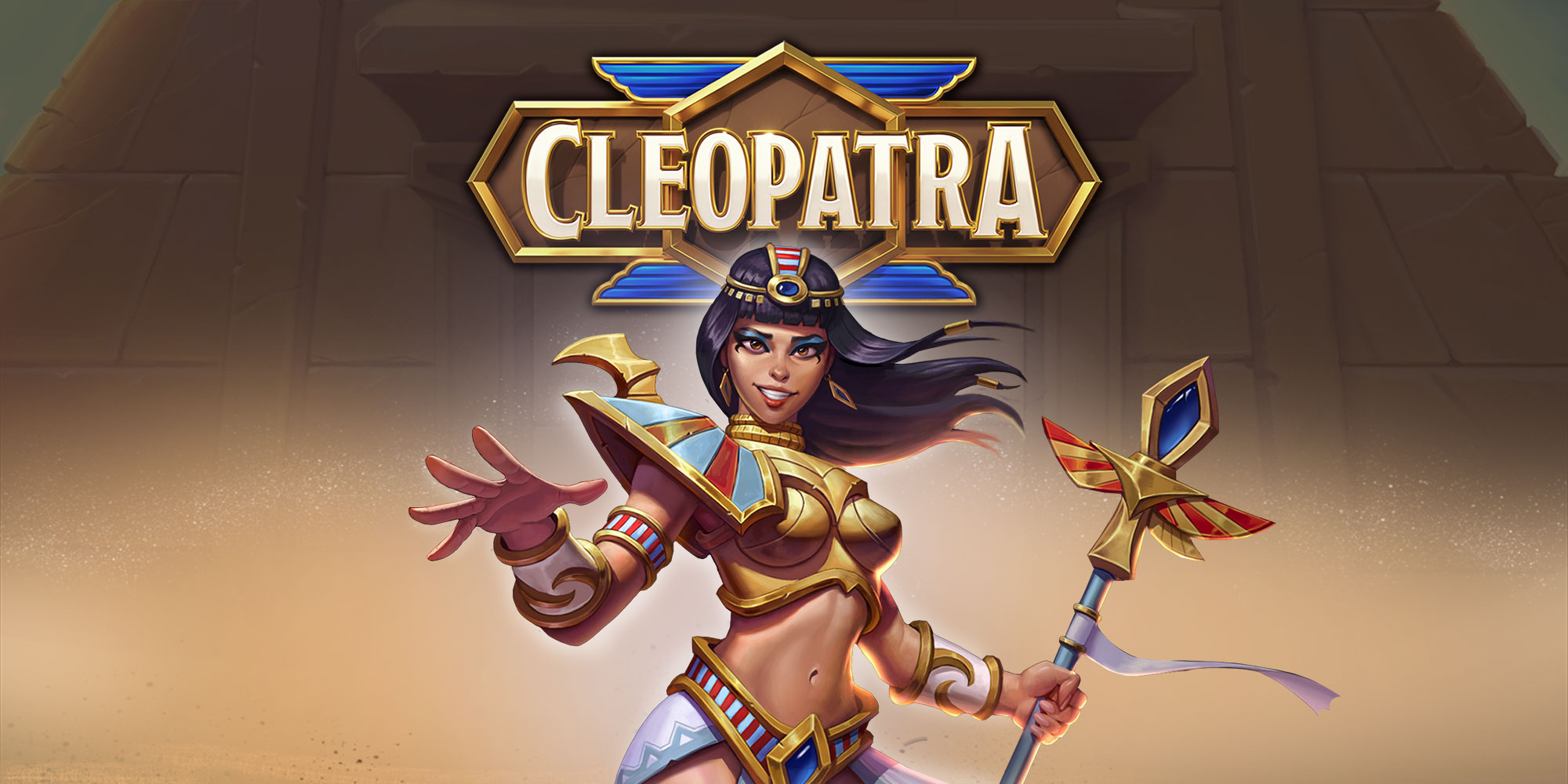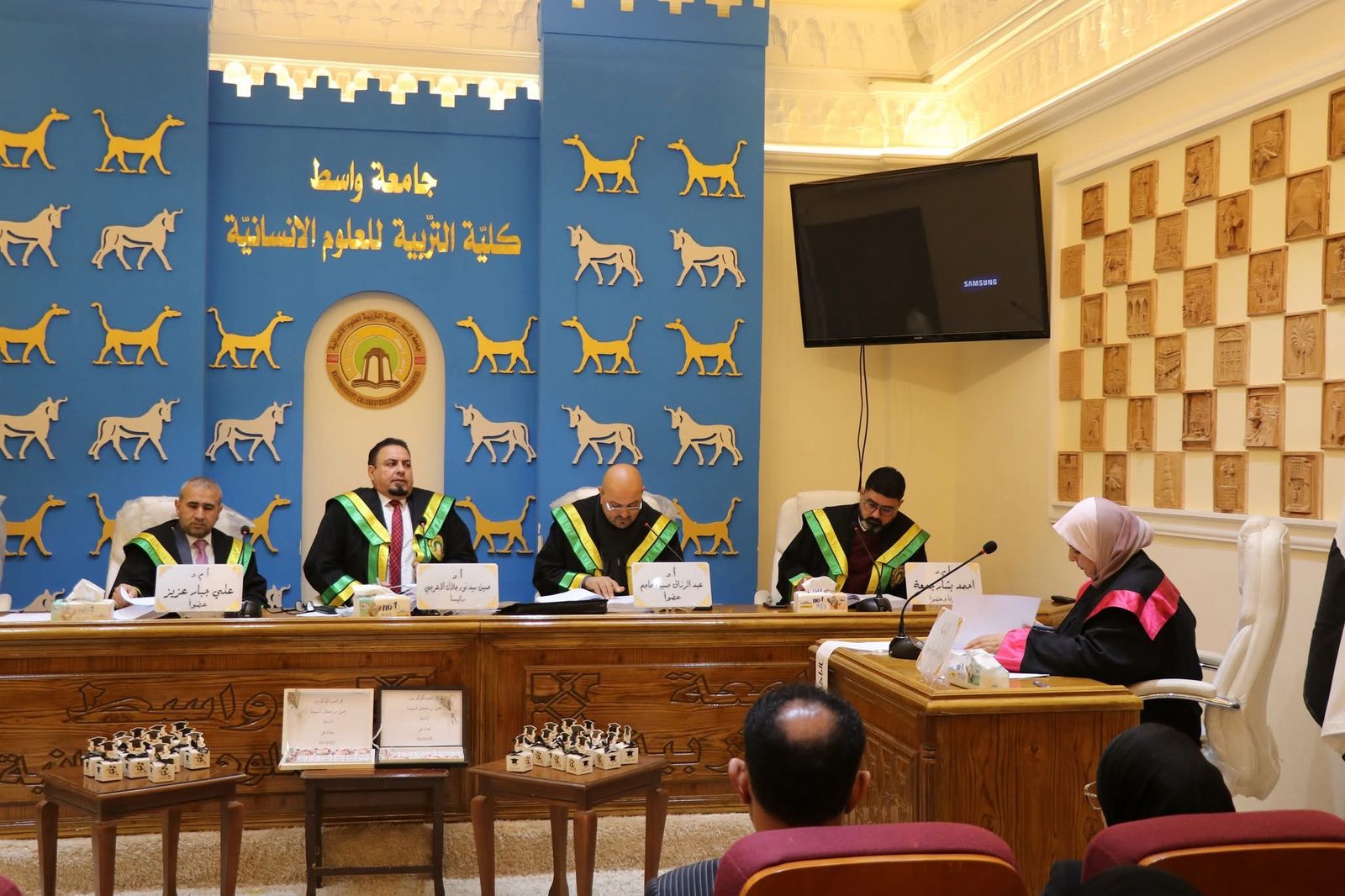Cleopatra’s Calculated Gambles A Case Study in Strategic Risk Management
When we think of ancient rulers and their impact on history, one name that often comes to mind is Cleopatra. Known for her beauty, intelligence, and cunning, she has captured the fascination of people for centuries. But beyond the glamorous stories of her love affairs and dramatic end, there lies a strategic and risk-taking leader who navigated through turbulent times and managed to maintain her power until the very end.
In this blog post, we will delve into the world of ancient Egypt and explore how Cleopatra’s calculated gambles can serve as a case study in strategic risk management. From her position of power to her alliances and resource management, we will analyze the different aspects of her reign and draw lessons that can be applied in the modern business world.
The Power of the Pharaoh: Cleopatra’s Strategic Position in Ancient Egypt
Cleopatra was born in 69 BC as the daughter of Ptolemy XII, the pharaoh of Egypt at the time. Despite being a female ruler in a male-dominated society, she quickly established herself as a powerful figure, co-ruling with her father and later her brothers. However, her rise to power was not without its challenges.
At the time, Egypt was under the control of the Roman Empire, and Cleopatra’s family had a long history of aligning themselves with Rome for protection and support. However, this relationship was not always smooth, and tensions often rose between the two sides. But Cleopatra saw an opportunity in this volatile situation and used it to her advantage.
The Political Landscape of Ancient Egypt
To understand Cleopatra’s strategic position in ancient Egypt, we must first look at the political landscape of the time. The Roman Empire, led by Julius Caesar, had become a dominant force in the Mediterranean region, and Egypt was seen as a valuable ally due to its resources and strategic location.
However, the power dynamics within Egypt were complex. Cleopatra’s father, Ptolemy XII, had faced multiple challenges to his rule, including rebellion from his own people. This created an unstable environment, and Cleopatra knew that she needed to secure her position and maintain control over her kingdom.
Cleopatra’s Calculated Move: An Alliance with Julius Caesar
In 48 BC, Julius Caesar arrived in Egypt after his defeat of Pompey and sought refuge and support from the pharaoh. Cleopatra saw this as an opportunity to secure her position and gain favor with the powerful Roman leader. She famously smuggled herself into Caesar’s palace wrapped in a rug and presented herself as a gift, which caught Caesar’s attention and impressed him with her wit and charm.
This alliance proved to be a turning point for Cleopatra. Not only did it solidify her position as the ruler of Egypt, but it also gave her access to resources and support from Rome. She used this relationship to her advantage, securing financial aid and military protection from Caesar.
See more: 82lottery
Navigating the Roman Empire: Cleopatra’s Alliance with Mark Antony
After Julius Caesar’s assassination in 44 BC, Cleopatra’s alliance with Rome was at risk. The political landscape had changed, and she needed to navigate through the shifting power dynamics once again. This time, she turned her attention to Caesar’s right-hand man, Mark Antony.
Cleopatra understood the importance of maintaining a strong relationship with Rome, and she saw Antony as a key ally. She used her charm and political skills to form an alliance with him, and they became lovers and eventually had three children together.

The Price of Power: Cleopatra’s Resource Management
Cleopatra’s alliance with Mark Antony not only secured her position but also provided her with access to vast resources. She used these resources to strengthen her kingdom and invest in various projects, including building new temples and improving infrastructure.
But with great power comes great responsibility, and Cleopatra was well aware of the risks that came with managing such vast resources. She strategically invested in irrigation systems, which helped improve agriculture and increase revenue for Egypt. She also expanded trade networks and developed relationships with neighboring kingdoms, bringing more wealth to her kingdom.
However, this level of spending also came at a cost. Cleopatra had to continuously balance her resources and make strategic decisions on where to allocate them. This meant taking risks and sometimes making difficult choices, but she understood that it was necessary for the long-term success of her kingdom.
The Art of Persuasion: Cleopatra’s Diplomacy and Negotiation Skills
Cleopatra’s ability to persuade and negotiate played a crucial role in her strategic risk management. In a time where women were not seen as equal to men, she defied societal norms and took on a powerful role in governing her kingdom. But she also knew how to use her charm and intelligence to gain the upper hand in negotiations.
Establishing Legitimacy through Persuasion
One of Cleopatra’s biggest challenges was establishing legitimacy as a female ruler in a patriarchal society. To overcome this, she used her persuasive skills to portray herself as a descendant of the gods, claiming to be the reincarnation of the goddess Isis. This not only gave her a divine status but also solidified her position as the rightful ruler of Egypt.
Negotiating with Rome
Cleopatra’s alliance with Rome was not without its challenges. When Mark Antony faced rebellion from his own people, Cleopatra once again used her diplomatic skills to negotiate a peace treaty between Rome and Egypt. She also convinced Antony to declare Caesarion, her son with Julius Caesar, as the rightful heir to Rome. This not only secured her son’s future but also strengthened her position as a leader.
A Gamble with the Gods: Cleopatra’s Understanding of Religious Influences
In ancient Egypt, religion played a significant role in society, and Cleopatra understood the power it held over her people. She used this to her advantage by aligning herself with the gods and using their influence to gain support and legitimacy as a ruler.
Appealing to Religious Beliefs
Cleopatra was known for her calculated moves, and one of her most strategic gambles was utilizing religious beliefs to her advantage. She would often associate herself with the popular goddess Isis, building temples and conducting rituals in her honor. This not only gained her favor with her people but also solidified her status as a powerful and divine ruler.
The Influence of Divine Intervention
Cleopatra’s understanding of religious influences also played a role in her decision-making process. She believed that the gods had a hand in her fate, and she would often consult with them before making important decisions. This allowed her to take calculated risks, knowing that she had the backing of the gods.
The Fall of a Queen: Analyzing the Risks and Consequences of Cleopatra’s Decisions
Despite her strategic maneuvers and calculated gambles, Cleopatra’s reign eventually came to an end. In 30 BC, Mark Antony and Cleopatra faced defeat at the hands of Octavian, Caesar’s adopted son and the future emperor of Rome. With no other options, Cleopatra took her own life, bringing an end to her empire.

The Downfall of Strategic Risk Management
While Cleopatra’s strategic risk management served her well for most of her reign, it ultimately led to her downfall. Her alliance with Mark Antony, while initially successful, proved to be a costly move when they faced defeat in battle. Her reliance on alliances and resources from Rome also backfired when Octavian turned against her.
Additionally, Cleopatra’s decision to take her own life rather than face defeat can be seen as a risky move that ultimately had consequences for her kingdom and people.
From Ancient Egypt to Modern Business: Lessons in Strategic Risk Management from Cleopatra
Cleopatra’s calculated gambles and strategic risk management may have taken place thousands of years ago, but the lessons we can draw from them are still relevant today. In particular, her understanding of resource management, diplomacy, religious influences, and the importance of alliances can serve as valuable lessons for modern business leaders.
Balancing Risks and Rewards
One of the key lessons we can learn from Cleopatra is the importance of balancing risks and rewards. She was not afraid to take risks, but she always weighed the potential consequences and made calculated decisions. This is a crucial skill for any leader, as it allows them to make bold moves while minimizing potential losses.
The Power of Alliances and Networking
Cleopatra’s alliances with Julius Caesar and Mark Antony played a significant role in her success. In the business world, relationships and alliances are just as important. By networking and forming strategic partnerships, leaders can gain access to resources and support that can help their companies thrive.
Adapting to Change and Navigating Through Challenges
Cleopatra faced numerous challenges throughout her reign, but she was able to adapt to change and navigate through turbulent times. In the same way, businesses must be prepared to adapt and respond to changes in the market and overcome obstacles to succeed.
See more: 82 lottery
The Enduring Legacy: Cleopatra’s Impact on History and Strategic Thinking
Cleopatra may have lived over 2000 years ago, but her legacy continues to fascinate and intrigue us. Her strategic thinking and risk management skills have not only left a mark on history but also continue to inspire leaders in the modern world.
From her understanding of power dynamics to her ability to navigate through challenges, Cleopatra’s legacy serves as a reminder that strategic risk management is crucial for success, whether in ancient Egypt or in today’s business landscape.
Conclusion
In conclusion, Cleopatra’s calculated gambles and strategic risk management can teach us valuable lessons in leadership and decision-making. Her rise to power, alliances with powerful leaders, and resource management all played a role in her success as a ruler.
But it is also important to note that her downfall serves as a reminder that even the most strategic and calculated moves can have consequences. By studying Cleopatra’s reign, we can gain a better understanding of the complex nature of risk management and how it can impact the fate of individuals and empires.




